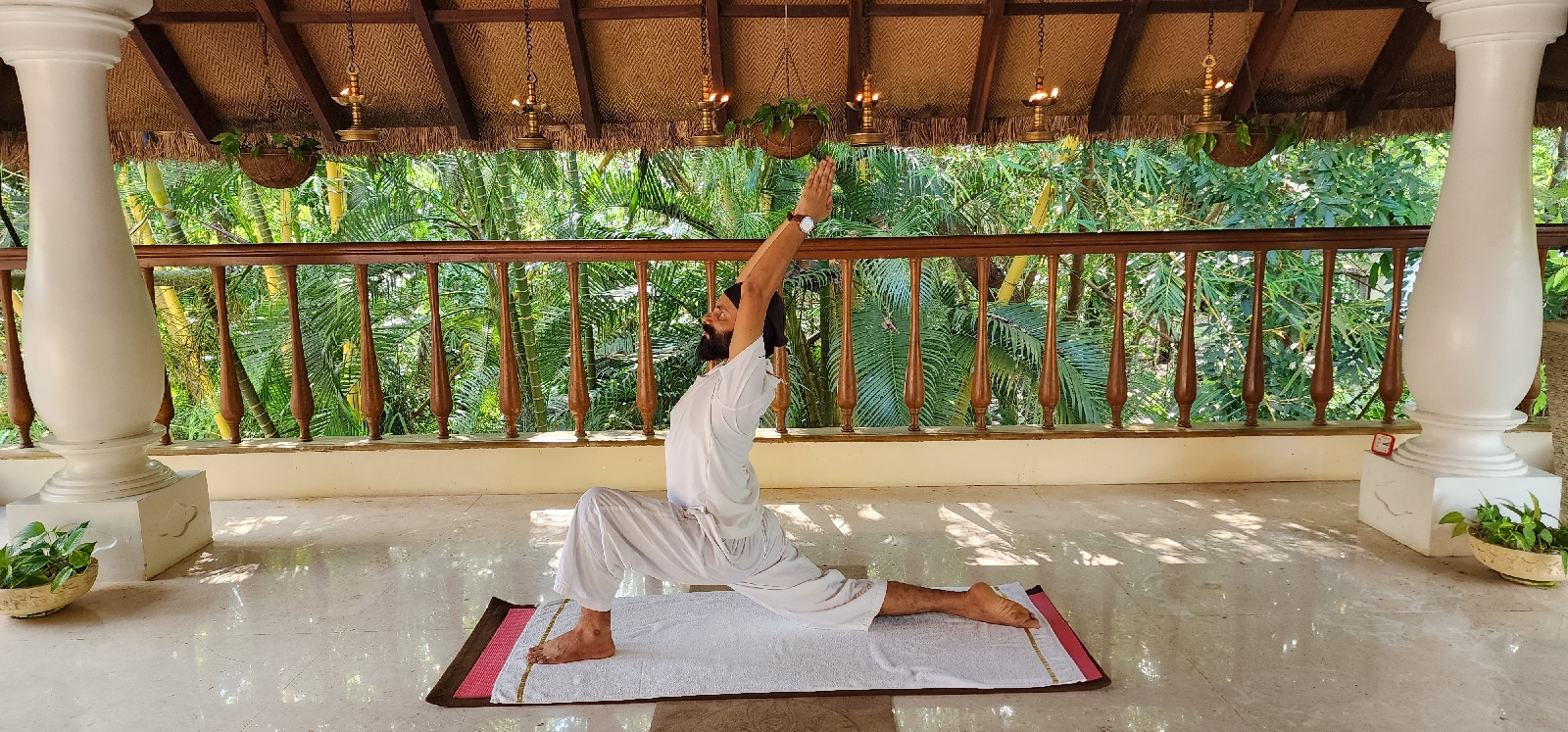Yoga for Respiratory Syncytial Virus (RSV).
Respiratory Syncytial Virus (RSV) is a common respiratory virus that can affect people of all ages. While most healthy people recover from RSV without any complications, it can cause severe illness in young children, older adults, and people with weakened immune systems. The symptoms of RSV include cough, fever, runny nose, and difficulty breathing.
Yoga is a practice that has been shown to have many health benefits, including improving respiratory function. While there is no specific yoga practice that can cure RSV, certain yoga poses and breathing techniques may help alleviate symptoms and promote respiratory health. Here are some yoga practices that may be helpful for people with RSV:
1. Deep Breathing Exercises
Deep breathing exercises, also known as pranayama, can help improve lung function and relieve symptoms of respiratory illnesses like RSV. One of the most popular pranayama practices is called Kapalbhati, which involves rapid, forceful exhalations through the nose. This practice can help clear the airways and promote healthy breathing.
To practice Kapalbhati, sit in a comfortable cross-legged position with your hands resting on your knees. Take a deep breath in, then forcefully exhale through your nose while drawing your belly in towards your spine. Repeat this rapid exhalation for 10-20 breaths.
2. Chest-Opening Poses
Chest-opening poses like Cobra Pose (Bhujangasana) and Fish Pose (Matsyasana) can help improve lung function and promote healthy breathing. These poses stretch the chest muscles and open up the lungs, making it easier to take deep breaths.
To practice Cobra Pose, lie face-down on the floor with your hands under your shoulders. Inhale and lift your chest off the ground, keeping your elbows close to your sides. Hold the pose for a few breaths, then release back down to the ground.
To practice Fish Pose, lie on your back with your legs extended and your hands at your sides. Lift your chest off the ground and arch your back, bringing the top of your head towards the ground. Hold the pose for a few breaths, then release back down to the ground.
3. Supported Inversions
Supported inversions like Legs-Up-The-Wall Pose (Viparita Karani) can help improve respiratory function by reducing inflammation and promoting healthy blood flow. These poses may also help alleviate symptoms like coughing and congestion.
To practice Legs-Up-The-Wall Pose, sit with your right hip against a wall and your legs extended out in front of you. Swing your legs up the wall and lie back, resting your head on the ground. Stay in the pose for 5-10 minutes, breathing deeply.
4. Relaxation Techniques
Relaxation techniques like Yoga Nidra and Savasana can help reduce stress and promote healthy breathing. These practices may also help alleviate symptoms like coughing and congestion.
To practice Yoga Nidra, lie down on your back with your arms at your sides. Close your eyes and focus on your breath. Bring your attention to different parts of your body, relaxing each part as you go. Stay in the practice for 10-20 minutes.




Comments
Post a Comment